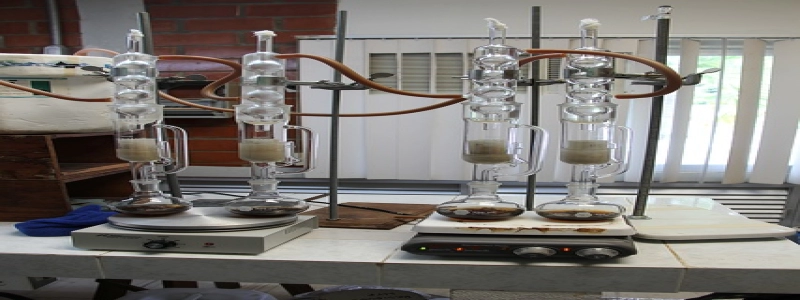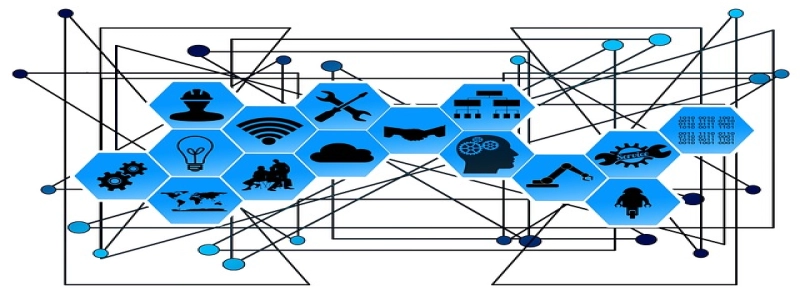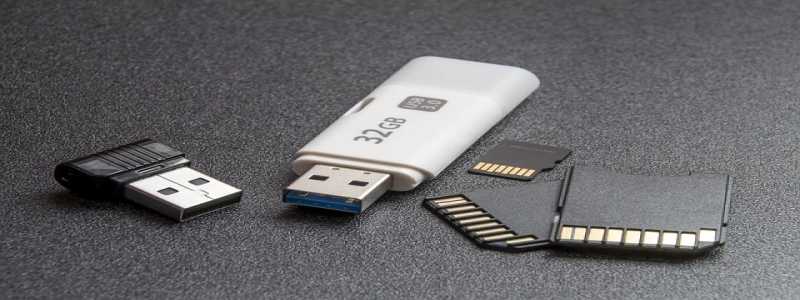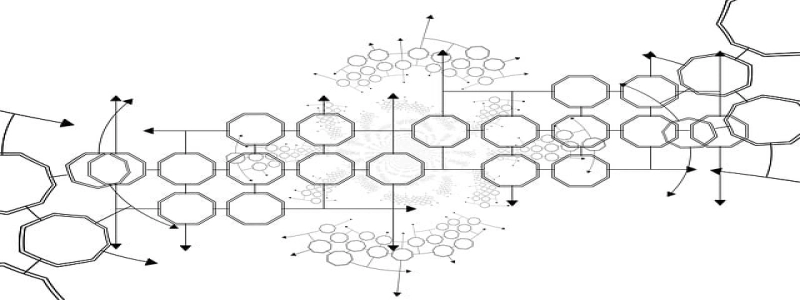Ethernet Port in the Wall
Introduction
I. The Importance of Ethernet Port
A. Definition and Function
B. Usage in Modern Technology
II. Installation Process of Ethernet Port
A. Equipment Needed
B. Step-by-Step Guide
III. Benefits of Having an Ethernet Port in the Wall
A. Stable and Reliable Internet Connection
B. Faster Data Transfer Speed
C. Enhanced Security
D. Multiple Device Connectivity
Conclusion
Introduction
Ethernet ports are an essential component in our modern digital lives. They provide a convenient and reliable way to connect our devices to the internet. In this article, we will explore the importance of having an ethernet port in the wall, discuss the installation process, and highlight the benefits it offers.
I. The Importance of Ethernet Port
A. Definition and Function
An ethernet port, also known as an RJ-45 port, is a physical connector used to establish a wired connection between electronic devices and the internet. It is commonly found on computers, routers, and wall outlets.
B. Usage in Modern Technology
Ethernet ports play a critical role in our daily activities. They are used for internet access, online gaming, video streaming, and file sharing. Many businesses rely on ethernet ports to maintain a stable and fast connection for their operations.
II. Installation Process of Ethernet Port
A. Equipment Needed
To install an ethernet port in the wall, you will need the following equipment: ethernet cable, wall plate, keystone jack, punch down tool, and network tester.
B. Step-by-Step Guide
1. Identify the location: Determine the ideal location for the ethernet port on the wall.
2. Prepare the wall: Remove any existing plate cover and ensure the area is clean.
3. Run the ethernet cable: Carefully run the cable from the desired location to the network switch or router.
4. Install the wall plate: Attach the wall plate to the wall using screws or adhesive.
5. Connect the keystone jack: Insert the end of the ethernet cable into the keystone jack and use a punch down tool to secure the wires.
6. Test the connection: Use a network tester to verify that the ethernet port is correctly installed and functioning.
III. Benefits of Having an Ethernet Port in the Wall
A. Stable and Reliable Internet Connection
Unlike wireless connections, ethernet ports provide a stable and reliable internet connection. This is essential for activities that require uninterrupted access, such as online meetings and streaming high-definition videos.
B. Faster Data Transfer Speed
Ethernet ports offer faster data transfer speeds compared to wireless connections. This is particularly advantageous for tasks that involve large file transfers or online gaming, where low latency and high bandwidth are crucial.
C. Enhanced Security
Wired connections through ethernet ports are more secure than wireless connections. It is harder for hackers to intercept data transmitted through a physical cable, reducing the risk of unauthorized access or data breaches.
D. Multiple Device Connectivity
An ethernet port allows multiple devices to be connected to a network simultaneously. This is beneficial in households with multiple users or businesses with numerous employees, allowing everyone to have a dedicated and stable connection.
Conclusion
Installing an ethernet port in the wall provides numerous advantages, including a stable connection, faster data transfer speeds, enhanced security, and the ability to connect multiple devices. By following the installation process outlined in this article, you can enjoy the benefits of a wired internet connection in your home or office.








